Shopping Opportunities
1
Shopping in India
Needless to say, India is a shopper’s paradise. The country produces an astonishing variety of traditional and modern goods at prices that are as compelling as the merchandise. The most convenient opportunity to shop on the Journey to India Retreat will be on the Sacred Sap Retreat in Kerala. It turns out that immediately outside the main gate of our place of stay, AyurSoma, is a several block long quiet and quaint little street filled with shops offering a wide variety of Indian clothing, jewelry, Indian art galleries with Hindu statues, shawls, bangles, spiritual items, tea, spices, etc. Since we will be at Somatheeram for a week, you can take your time and explore without being rushed. Want to make some customized Ali Baba pants (aka 'harem pants'), made with the cloth of your choice and to your size? Not a problem. There are several inexpensive tailors there to measure, design and alter things to your needs. Shopping in the north segment of the tour can be a little more challenging. Take advantage of the down time in the south and fill the extra space in your luggage with some good finds. If you find yourself with too many items or it's all too heavy, you may want to consider shipping things home. Not all shop owners can do that but some of the nicer galleries selling heavier statues and Indian art work can do that easily for a fee.2
Pricing: Haggling or Bargaining?
Some shop owners in India will expect you to negotiate the final pricing of goods they sell. It's part of the special relationship Indians have to sellers. But not all goods are negotiable. That's something you will have to feel out in the moment. If prices are not marked on a product, it's possible that the price is negotiable. Ask the seller for the price, expecting them to raise the price for tourists. Then make a counter offer that is reasonable. The most important thing is be kind and reasonable. Remember that the seller has a family to support too. If you're negotiating a price difference of just a few dollars, we suggest you pay the asking price. However, if you've been eyeing the $600 Ganesh statue and you sense that the seller might come down a bit, give it a try. Offer them what you can afford to pay - they may take it. But be willing to walk a away if he doesn't budge. They may change their mind once you start walking away. Always remember to be kind and reasonable. Think of it as a game where everyone wins, not a sport with a winner and a loser. We want a good price, but we also wouldn't want the seller to lose money on the transaction.3
Indian Clothing!
India is famous for its textiles. Items vary from elaborately embroidered pashmina shawls to silk saris; from cotton kurtahs (long, tunic-style shirts), bedspreads, and pillowcases to appliqué wall hangings. You might do well to bring very little clothing to India and buying some Ali Baba or harem pants, kurtahs (men) and salwar kameez “suits” (women). Wearing your souvenirs cuts down on excess baggage and you will fit in better, too. Be careful when buying pashminas: most shawls are wool and pashmina blends. Pure pashmina is very costly, and should be bought only from a trusted source. Buying silk saris is a fun activity; as you travel, find out what the popular sari style is in the region and buy what you can afford. Silk saris are a specialty of many regions, such as Varanasi, Mysore and Kanchipuram in Tamil Nadu.4
Hindu Statues for Home Altar
One of the most popular purchases on our tours are Hindu statues, used as art pieces on the home mantle or as a meditation tool on the altar. Hindu statues of gods and goddesses are traditionally known as "murtis". A murti is a representation of the divine. The Sanskrit word murti literally translates as "form of the divine". Indians take their murtis very seriously, and are treated with tremendous respect. You will find a variety of Hindu dieties, design styles, sizes, and costs. Some are made of bronze, others an amalgam of several metals known as panchgram. On the Sacred Sap Retreat in Kerala, there are several galleries on the shopping street just outside the gate to Somatheeram. One of our favorites is Classical Gallery. They have a beautiful collection, and the quality is very good. Prices are a bit higher but the quality is higher as well. They will also ship the murti home for you, saving you room in your bags and overweight baggage fees at the airport. Their shipping is very reliable.5
Jewelry
Indian jewelry is in a class by itself. You just cannot compare. It tends to be big, bold, intricate and colorful. And like everything else in India, it changes from region to region. Jaipur, Rajasthan is the gem capital of India, but you can see the products of this industry in Delhi, Mumbai and even Hollywood. In Jaipur, the specialties are kundan (precious stones set in gold) and meenakari, enamel work in Mughal-inspired colors such as red, green and white. There are jewelers in Jaipur whose ancestors made jewelry for the Mughal emperors. If buying semi-precious or precious stones, again, it is wise to either know what you are doing or buy from a reputable source. Gold is of course the favored metal – the Indian love affair with gold is well-known. Typically, jewelry in India is made from 22 carat gold (a brighter yellow than western gold jewelry) and sold by weight. There are many traditional styles available – gold bangles are a classic choice.6
Tea and Spices
While the tea plant, Camellia sinensis, is native to India, the tea industry started in earnest when British soldiers of fortune brought plants from China in the late 18th century and experimented with growing them in the northeast. Today, India is one of the world’s leading producers – and drinkers – of tea, and many consider Darjeeling to be the “champagne of teas,” the finest in the world. You don’t have to travel to Darjeeling to buy tea, but why not? It’s a great place to visit. You can tour some of the tea gardens and the view of the Himalayas is divine. Other tea centers in India are Assam, Munnar in Kerala, and the Nilgiri Hills in Tamil Nadu.For centuries, traders have been arriving in India by ship and camel caravan to load up on spices like black pepper, cardamom, turmeric and coriander. Kerala especially is famous for its spices. Kerala is still known as the Spice Coast. Merchants have traded spices from Kerala to the Middle East and Europe for more than two thousand years. Today, you can visit spice markets all across Kerala and see it piled high in colorful mounds. Personally, I prefer to buy spices packed in sealed bags safe for luggage. You'll also find blended spices that are fun to try. Note: a mixture of spices in India is known as masala (not curry). Curry is a specific spice leaf used to make some masalas.
India also has a long history as a maker of natural essential oils derived from botanical sources. In India, essential oils are called attars. Attars were traditionally given as gifts to guests, in tiny, ornate, crystal decanters – and they still make good gifts today. India is also known for its incense, known as agarbathi. Incense is available in many scents, such as the world-famous Nag Champa.
7

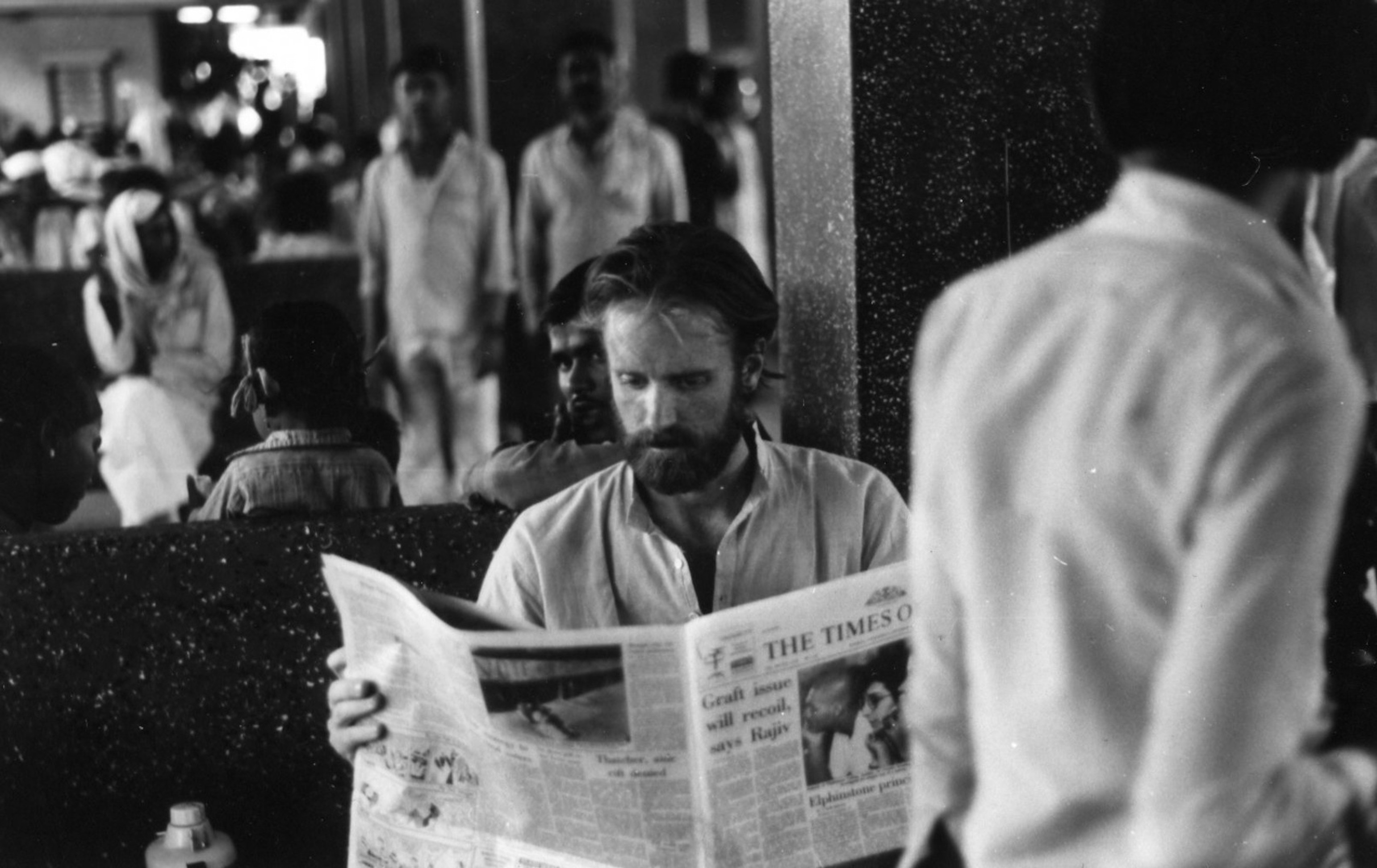


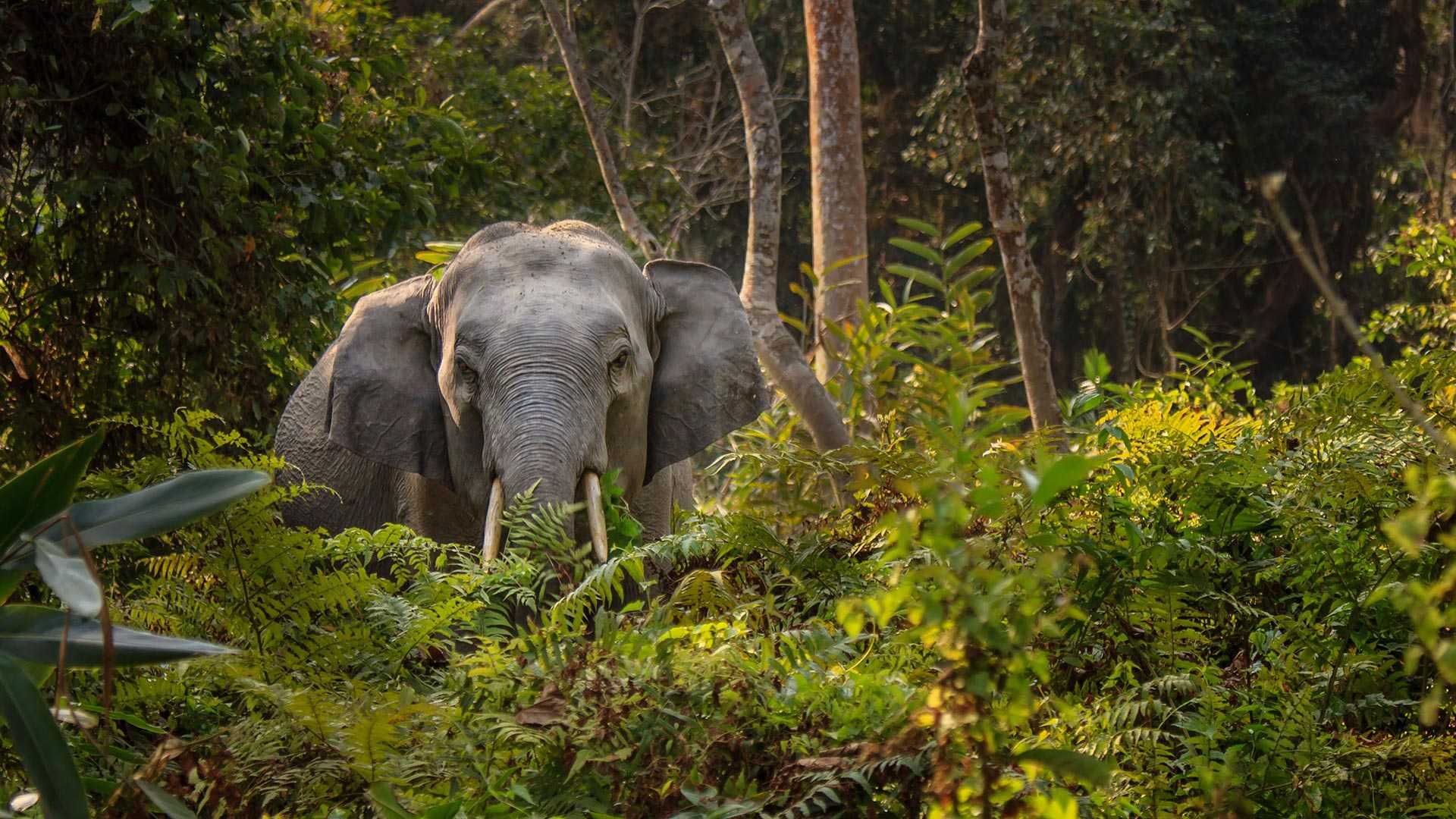

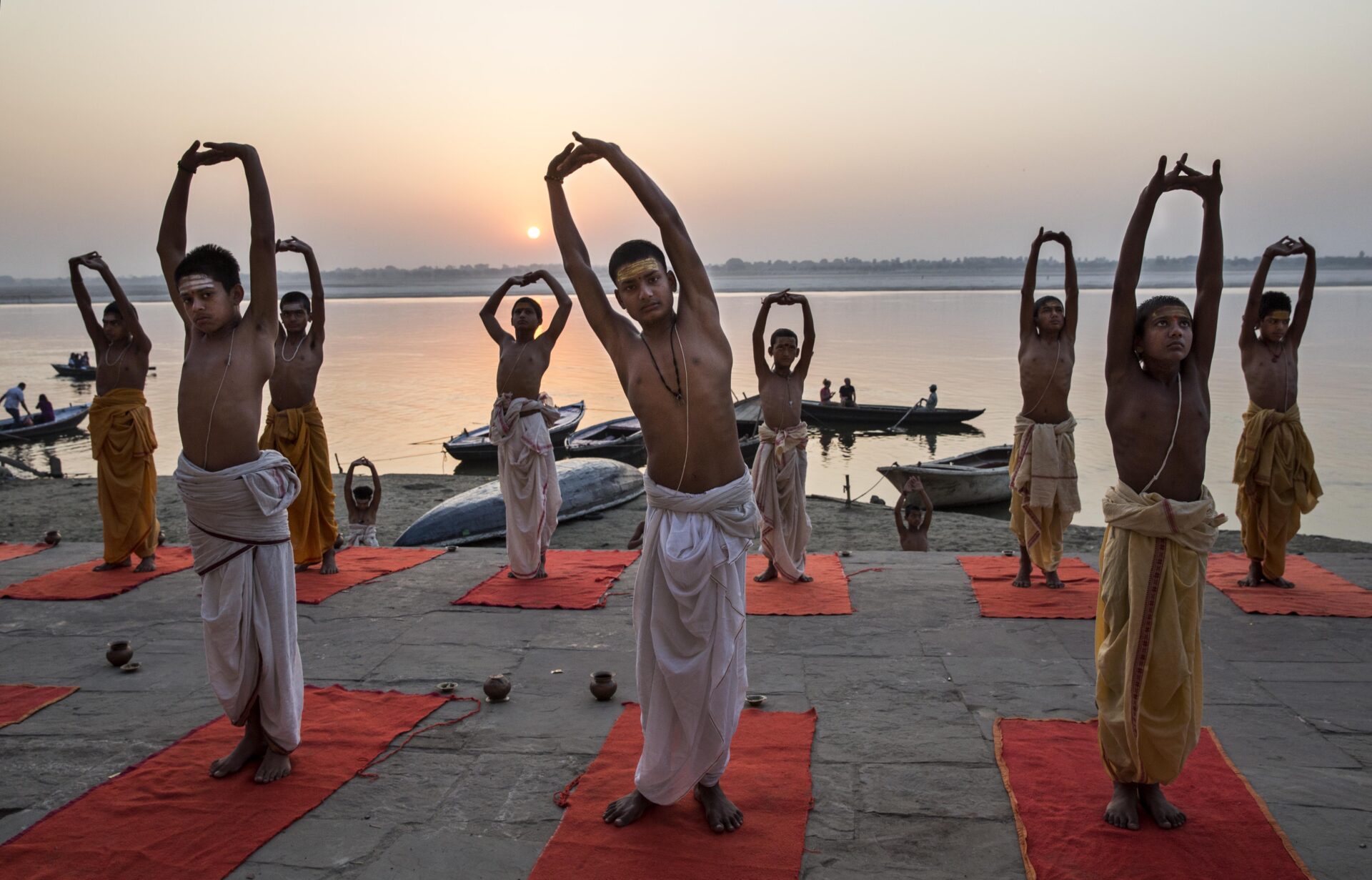



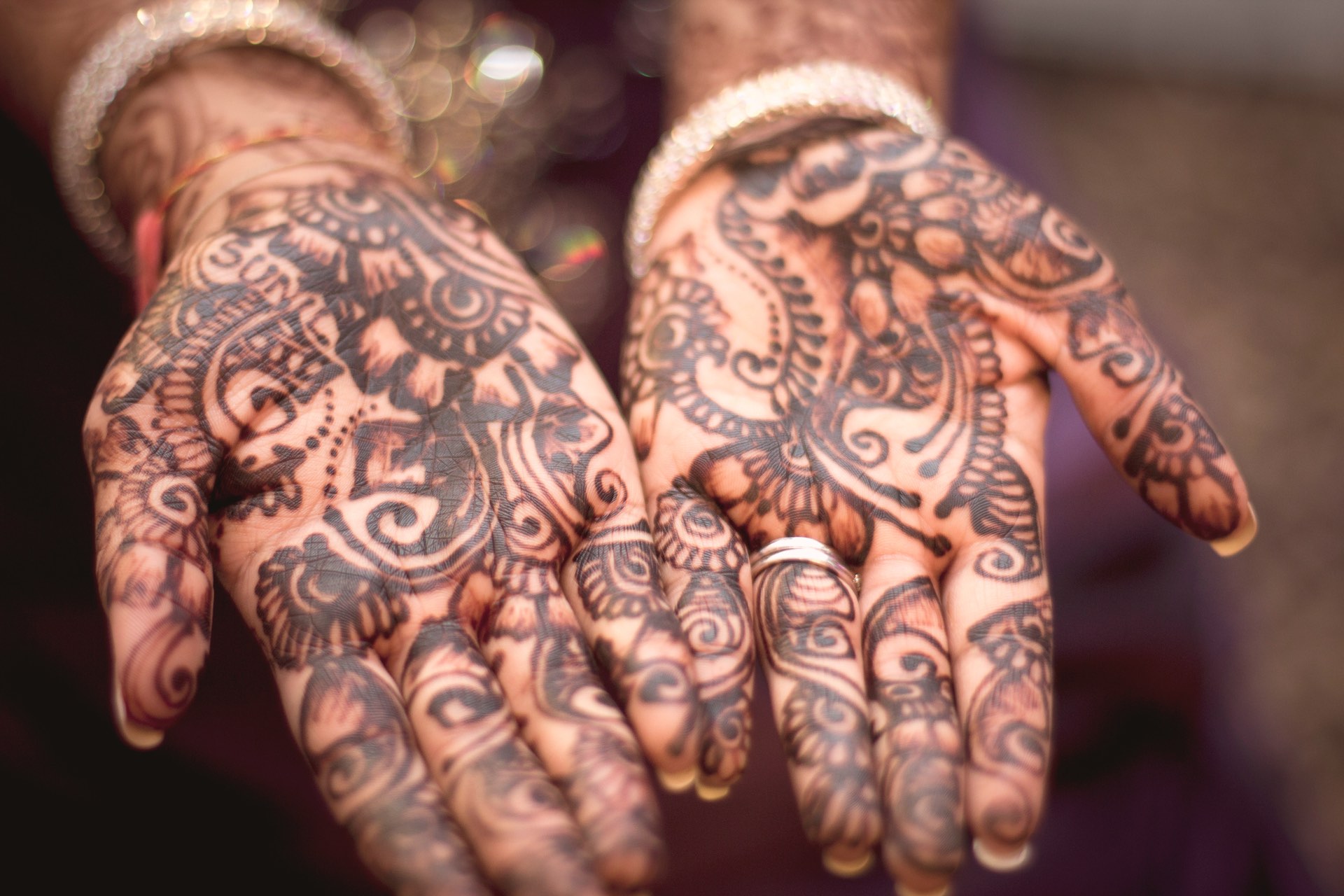
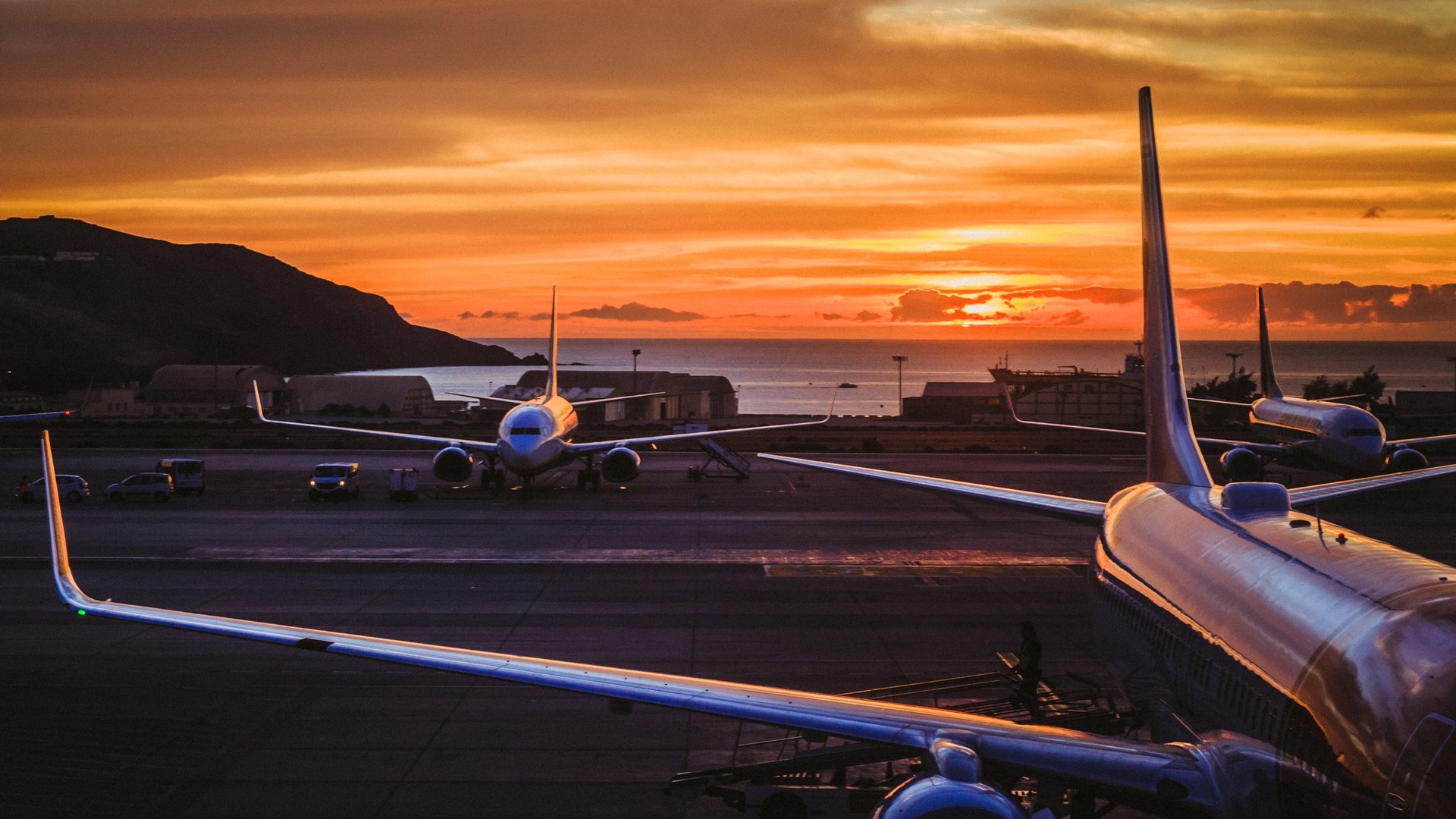

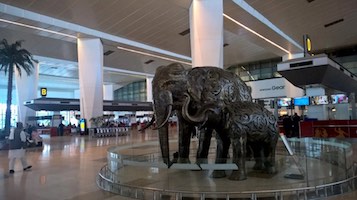
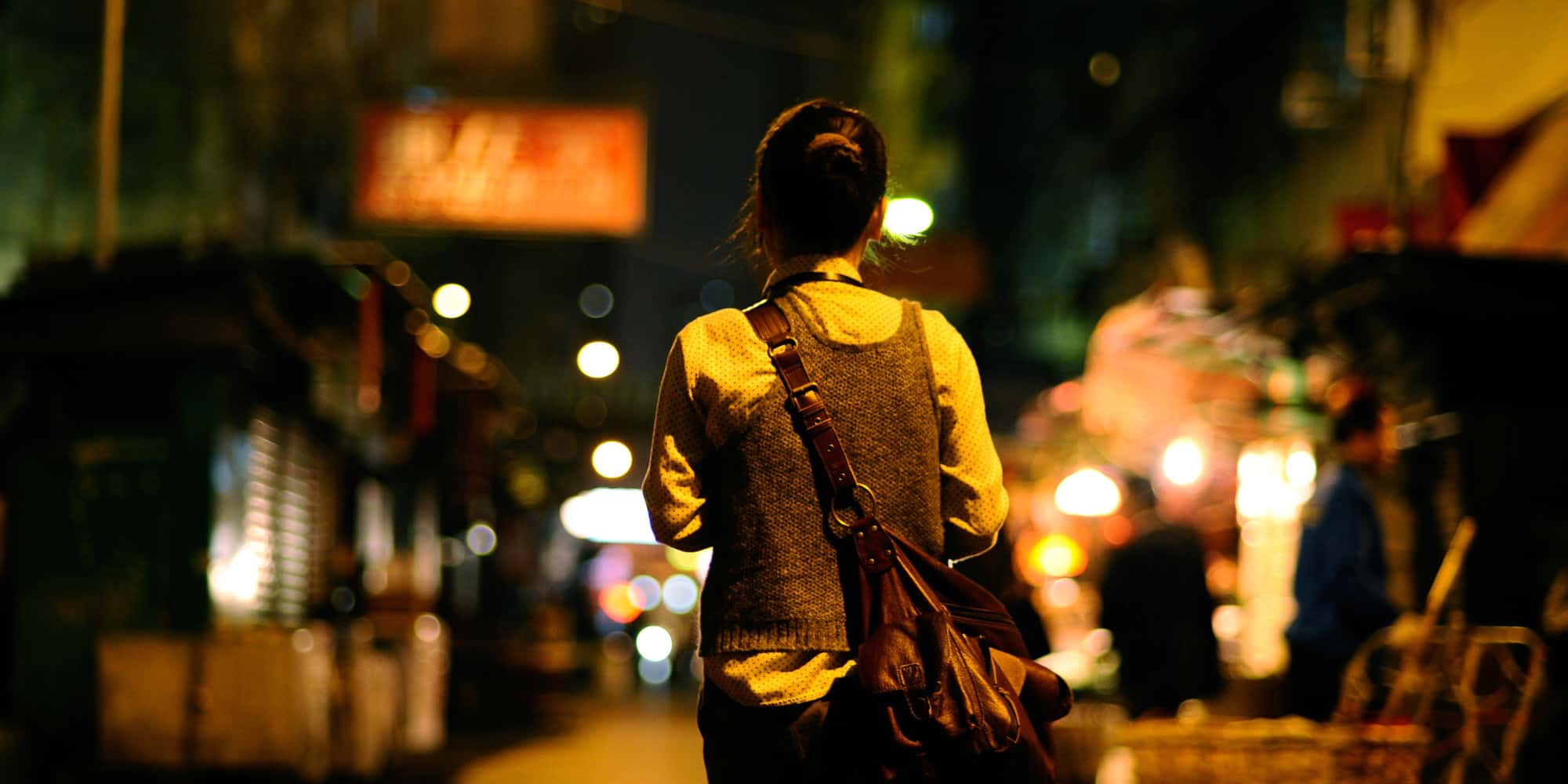
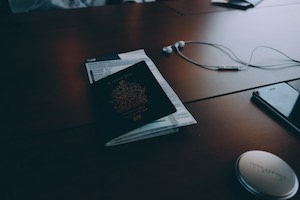

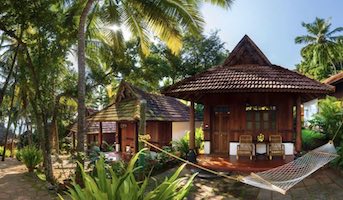
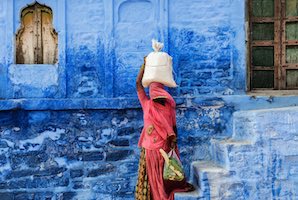

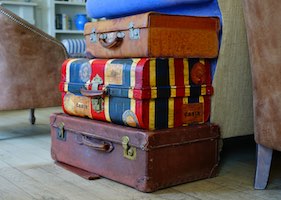


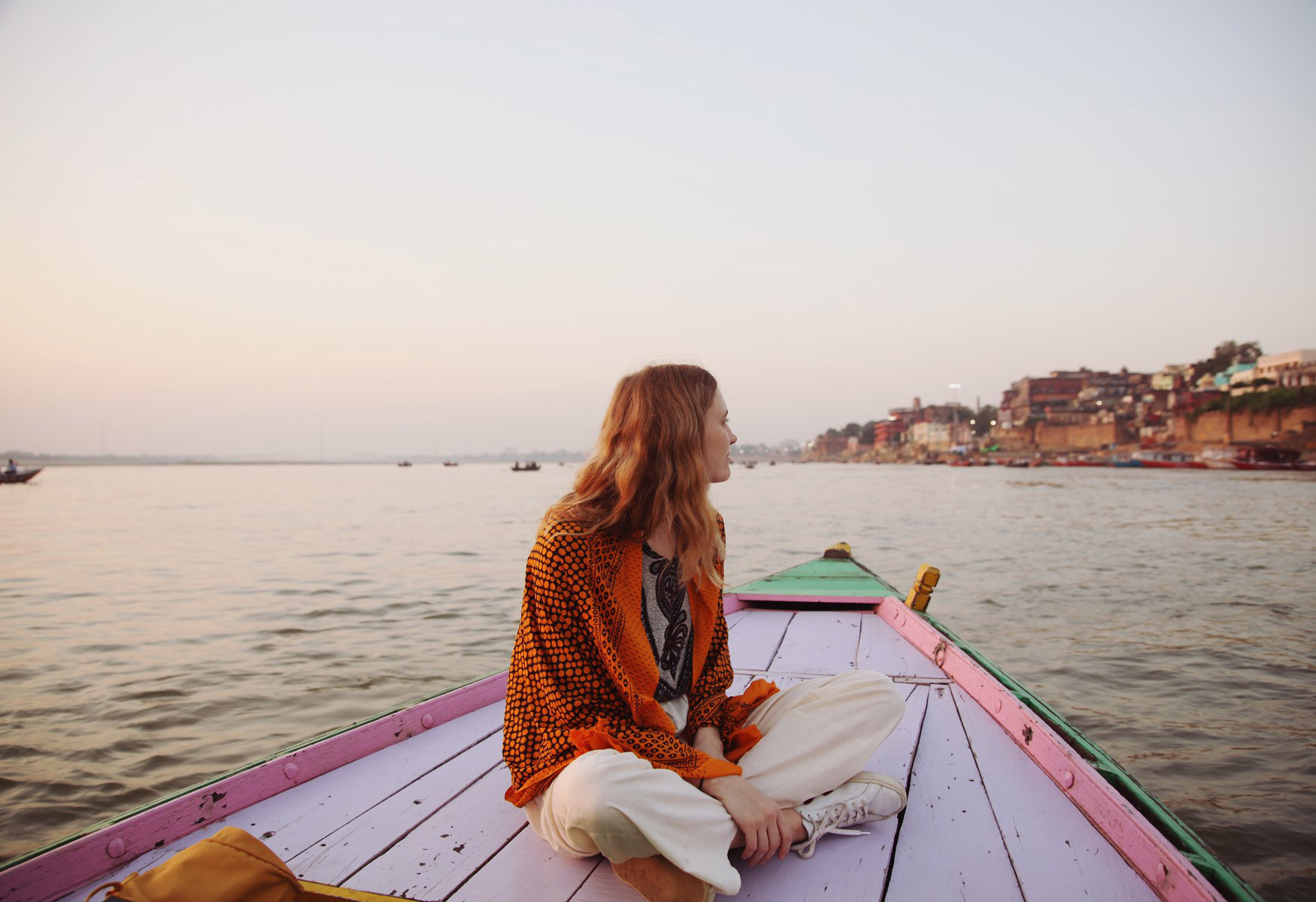
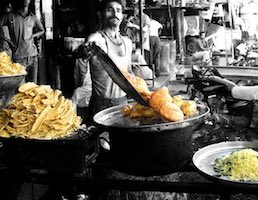
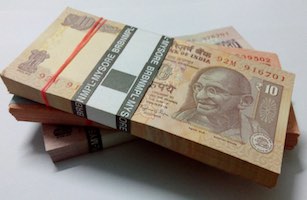
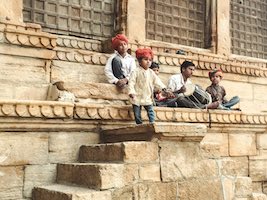


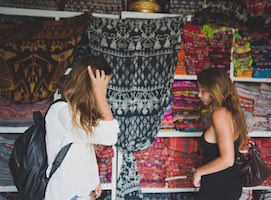
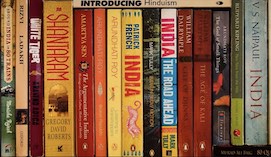
 Sevanti Institute
Sevanti Institute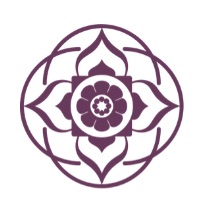 Sevanti Wellness
Sevanti Wellness